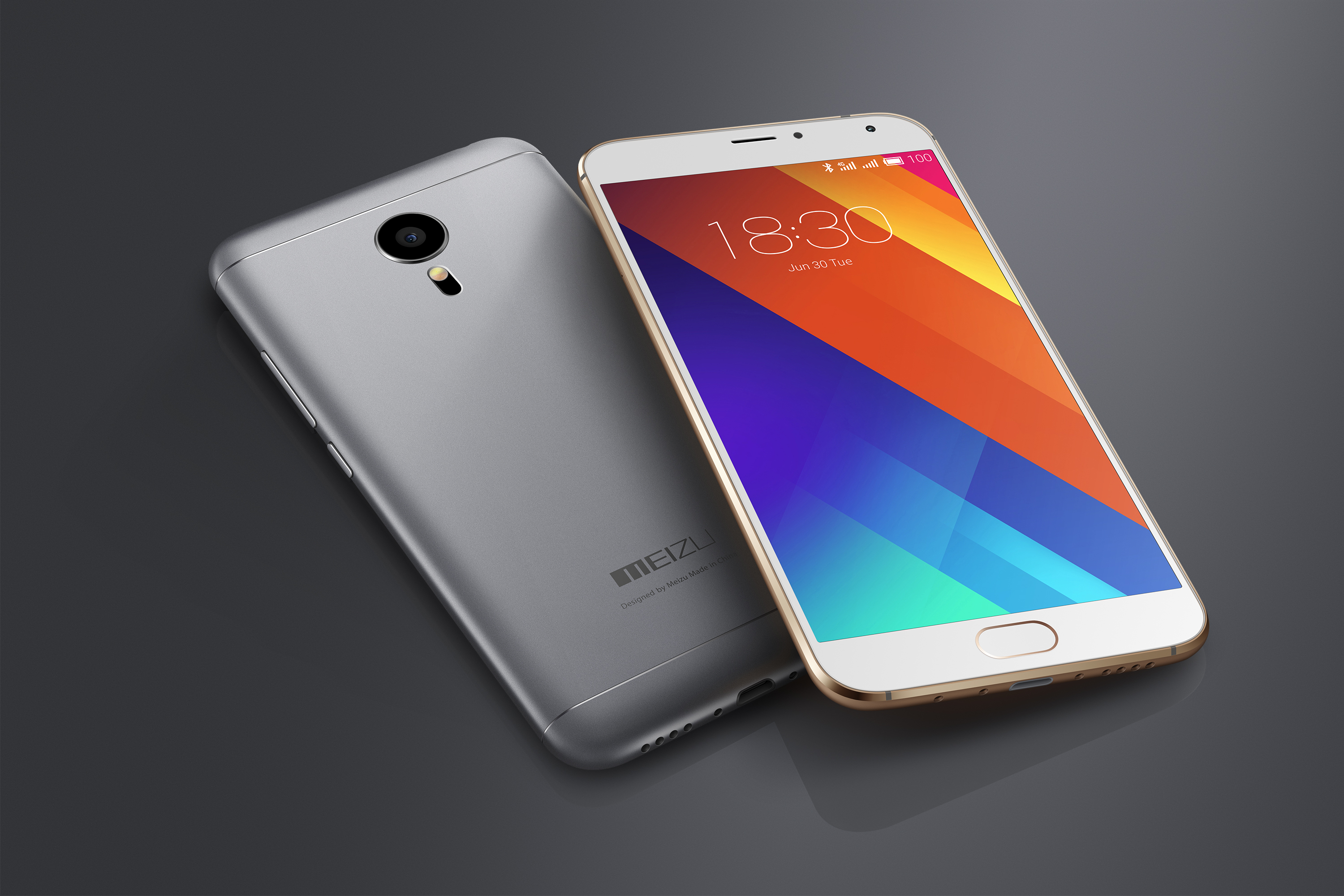Now when smart TVs are becoming popular, HDR video content is becoming popular. Some smart TVs boast to come with HDR10 while some brands offer Dolby Vision. So, it is really important to understand what HDR format is better. HDR stands for High Dynamic Range and It brings a wider array of colors, brighter highlights, and deeper blacks. In short, HDR brings better video quality. HDR is available in two formats: HDR10 and Dolby Vision. This is the reason some smart TVs offer HDR10 while some feature Dolby Vision.
Also see: DisplayPort vs HDMI: What Is Better For Gaming?
As I already said, both HDR10 and Dolby Vision are HDR formats. The primary difference is that HDR10 is open source backed by key players including Samsung, Sony, LG, Panasonic, and Hisense. This is the reason HDR10 is the most common HDR format. Dolby Vision is proprietary and is available only in limited smart TVs including LG’s OLEDs, a few from TCL and Philips. Dolby Vision is rarer but more advanced. Dolby Vision also requires a license from Dolby Now I will tell you how HDR10 and Dolby Vision differ.
HDR10 vs Dolby Vision
HDR10 and Dolby Vision both require a TV to have a minimum of 4K (3,840 x 2,160) resolution. Panels and components must be capable of at least 10-bit color depth. Both HDR formats also call for “wide color gamut” displays capable of ~90% of the DCI-P3 color gamut. But Dolby Vision is much advanced.
Dolby Vision is capable of displaying 12-bit color depth, while HDR10 is limited to 10-bit. Since we only have 12-bit TVs, Dolby Vision downsamples color depth to 10-bit. Dolby Vision implements dynamic HDR while HDR10 is static.’ Dolby Vision aims at reproducing 10,000 nits of peak brightness while HDR10 is limited to up to 1,000 nits peak brightness. Basically, Dolby Vision aims to offer a premium HDR experience. We have yer to see Panels that could use the Dolby Vision’s full power.
Dolby Vision is a superior HDR format offering better image quality. If you compare the same 4K video content on a Dolby Vision panel and HDR10 panel side by side, you will also find out that the Dolby Vision version of the video is slightly better.
| HDR10 | Dolby Vision |
| Open-source | Licensed by Dolby |
| Static metadata | Dynamic metadata |
| Up to 10-bit color depth (1 billion colors) | Up to 12-bit color depth (68 billion colors) |
| Up to 1,000 nits max brightness | Up to 10,000 nits max brightness |
| Widespread hardware/streaming support | Hardware/streaming support growing fast |
Dolby Vision is proprietary, so we have limited smart TVs and most models fall in the high-end segment. Even we have less Dolby Vision-ready content compared to HDR10. HDR10 is a cost-efficient and widely used HDR format.
HDR10+, the successor to HDR10 aims to fill the gap and compete well against Dolby Vision by implementing dynamic metadata. HDr10+ will also be backward-compatible. HDR10+ will also be free and will be available to all TV manufacturers. So, it will see wider acceptance as compared to Dolby Vision.
It is worth noting that not every TV with HDR10 can offer expected results. A TV must have enough capabilities to accurately render HDR. There are some low-cost HDR10 TVs that play content in the same way as non-HDR10 panels. For example, several Smart TVs in India boast HDR10 but have panels with brightness around 250 nits. Lack of proper brightness means HDR content will look no better than standard content.





